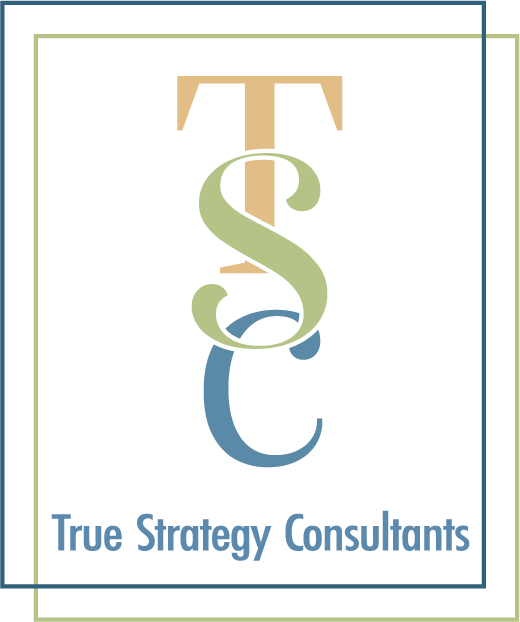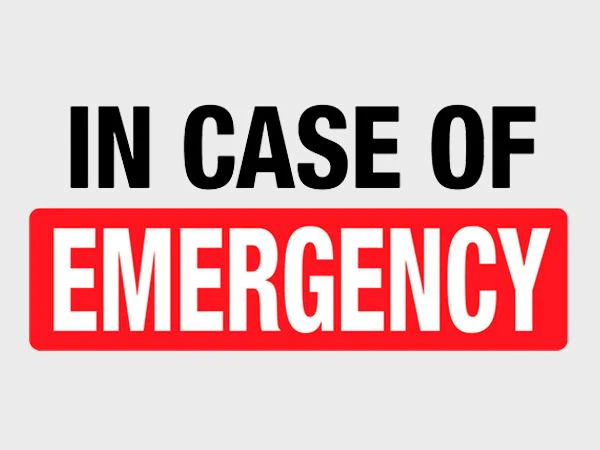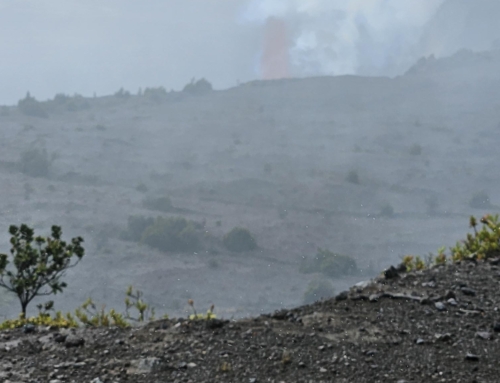There are 2 provisions that are part of Secure 2.0 that I am calling “in case of emergency”. I think both are interesting provisions that should be considered from both a positive and a negative standpoint.
First is the provision of penalty free distributions in case of domestic abuse. This provision is effective for 2024 but raises some questions that a plan sponsor might wish to consider. A participant must have experienced domestic abuse and the statute does contain a detailed definition. The distribution must be made within one year of the date the participant experienced the domestic abuse.
The amount of the distribution that is available (without penalty) is $10,000 or 50% of the participant’s vested balance. So the question from my standpoint is that a participant is able to self certify that they have suffered domestic abuse. But if you read back to my blog on hardships you will know that we are still waiting on final guidance relating to the self-certification. Does self-certification completely relieve the employer of their liability? What documentation does the plan sponsor need to retain (is the self-certification document enough in case they get audited)? What if the employer knows that an employee has not suffered domestic abuse….and do they honestly want to know?
The second provision is the emergency savings account piece of Secure 2.0. Once again this is effective for 2024 but many questions still remain. This provision allows a non-highly compensated employee to have an emergency savings account linked to their retirement plan account. Participants who have an emergency can withdraw their entire savings balance up to $2,500 without penalty (and $2,500 is also the cap for contributions to this account). When the employee leaves the employer, these accounts can be rolled over to a Roth IRA.
There are so many questions about this and how this will work… and in addition the biggest obstacle is the administration of these accounts. These are another very complex function that plan sponsors have to monitor…and are the recordkeepers even ready to offer this? It is true that hardship withdrawals from plans are at an all time high but isn’t that what they were for? Why do we need another account that we have to track and make sure is used properly?







